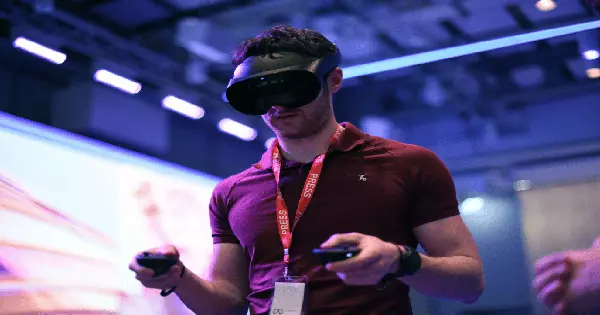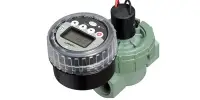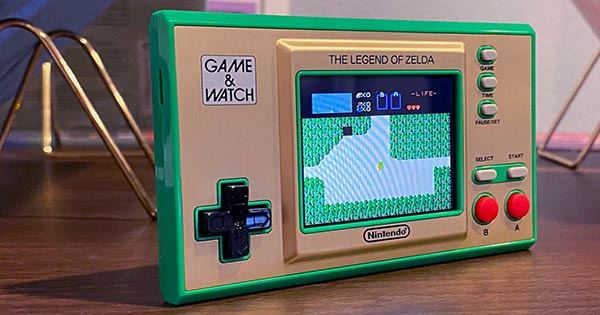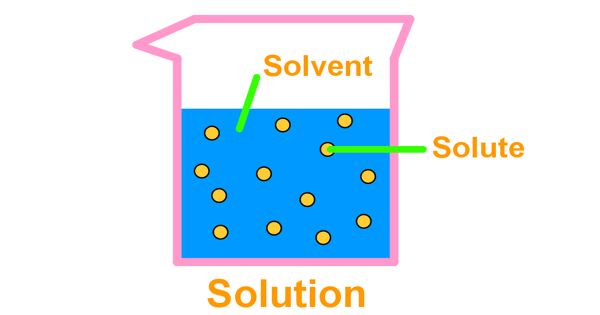The Meta Quest Pro is quite intricate little device that is worn on your head via a single, circular strap. It has a number of inward- and outward-facing cameras, cutting-edge optics, integrated displays, and different sensors. The easiest way to determine what you actually receive with this $1,500 productivity headset is to perform a deconstruction since Meta hasn’t provided detailed specifications for the Quest Pro’s components.
Compared to the 14.3-watt-hour Quest 2 battery, the Meta Quest Pro’s 20.58-watt-hour (5,348 mAh) battery has a 44% higher capacity. Due to its location in the back, separate from the other electronics, the battery is more easily accessible in this situation, according to iFixit. However, ordering a replacement can be difficult because curved batteries are not common.
Unknown flex cables that are connected to the battery may be able to detect battery swelling. iFixit theorized that these might be capacitive sensors, but didn’t explain why the batteries might feature this technology. Touchpads feature capacitive sensors, which may also detect fluids, pressure, and proximity. Perhaps this enables a system shutdown in the event of water exposure or aids the Quest Pro in directing the user toward the optimal fit. We’ve contacted Meta to get more information.
The forehead and rear pads are simply removed with a pull, and a little pressure quickly snaps them back into place, as was previously known. In addition to stereo speakers positioned in the headband that delivers a remarkably clear sound with high loudness, there are inward-facing infrared cameras that track eye and facial movements.
Despite being composed of plastic, the faceplate is shiny enough to resemble glass. Scratches should be avoided. When the cover is removed, a clear empty rectangle can be seen that may have been a depth sensor but was apparently scrapped just before production began. Before the release of the Quest Pro, Meta’s chief technology officer, Andrew Bosworth, said in an AMA that modern VR headsets don’t need a depth sensor because that functionality can be readily handled by software.
In the center of the Quest Pro’s visor, right in front of the dual mini-LED screens, are two almost silent fans. To offer enough brightness to meet the higher light requirements of pancake lenses, these crucial components produce a significant amount of heat. High-index polymers are used to make the lenses themselves.
The iFixit crew also looked into the inner workings of the Touch Controllers that come with the Quest Pro, and they discovered that the thumbsticks make use of potentiometer technology, just like the Nintendo Switch. Surprisingly, the thumbpad is actually a button with depth perception, enabling grip-force detection that Meta hasn’t yet described in detail. The powerful 10.85 Wh batteries that power each Touch Controller’s processor and tracking cameras are enormous. Another fact that was discovered is that the component that Meta claims are responsible for detecting the drawing pressure on the Quest Pro isn’t the stylus sensor.
The Meta Quest Pro teardown was one of the hardest projects the iFixit crew has ever taken on. Despite this, iFixit commended Meta for using basic Phillips head screws but noted that this won’t be a swiftly or readily repairable item.
















